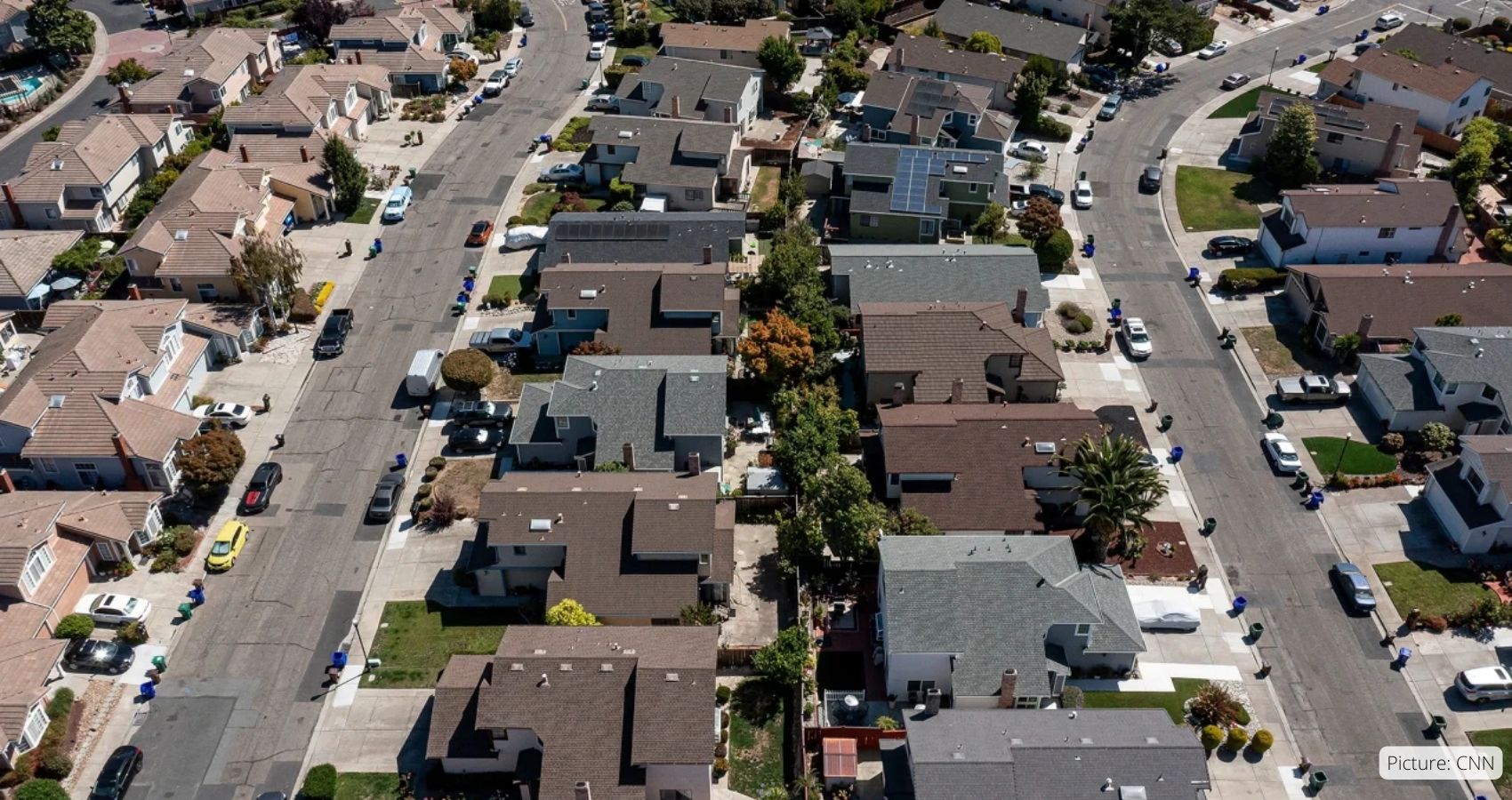In a notable turn of events, mortgage rates witnessed the most substantial one-week decline since November of the previous year. This marks the second consecutive week of rate reduction following seven weeks of consecutive increases. The 30-year fixed-rate mortgage averaged 7.50% in the week ending November 9, down from the preceding week’s 7.76%, as reported by Freddie Mac.
A year ago, the 30-year fixed-rate had reached 7.08%, hitting its peak in 2022. This week’s decline of 26 basis points from the previous week’s rate is the most significant one-week drop since November. Sam Khater, Chief Economist at Freddie Mac, attributes this decline to the decrease in Treasury yields. He emphasizes the potential consequences of the rising household debt, urging significant decreases in mortgage rates for the housing market to avoid stagnation.
Khater stated, “Many consumers are feeling strained by the high cost of living, so unless mortgage rates decrease significantly, the housing market will remain stagnant.”
The average mortgage rate is based on data from Freddie Mac’s thousands of lenders across the nation, focusing on borrowers with a 20% down payment and excellent credit. Notably, the rates for current buyers may differ. Lower mortgage rates could potentially encourage hesitant homebuyers to re-enter the market.
The Mortgage Bankers Association reported a 2.5% increase in all loan applications compared to the previous week, with a 3% rise specifically in applications for home purchase loans. However, despite this uptick, Joel Kan, MBA’s Vice President, and Deputy Chief Economist highlighted that applications for both purchase and refinance loans remain at relatively low levels. The purchase index lags more than 20% behind last year’s pace, indicating a cautious approach by potential homebuyers waiting for increased inventory.
The recent decision by the Federal Reserve to maintain existing interest rates provided a brief reprieve for homebuyers grappling with soaring mortgage rates. Yet, the possibility of an additional Fed rate hike remains uncertain.
Jiayi Xu, an economist at Realtor.com, commented on the need for more economic indicators to determine the adequacy of current policies in addressing inflation. The October jobs report, revealing moderate job growth and reduced wage pressures, might influence policymakers’ confidence in the economy’s continued easing, affecting the upcoming December 12-13 meeting of the Federal Reserve.
Despite the dip in rates, the monthly cost of buying a home has reached a record high due to unaffordability. Realtor.com found that the median home price in October remained similar to the previous year. However, with mortgage rates exceeding 7% since mid-August, the monthly cost to buy a home increased by over $166, marking a 7.4% year-over-year rise—a new record.
While mortgage rates are still relatively high, the difference between current rates and those of a year ago has narrowed. Lisa Sturtevant, Chief Economist at Bright Multiple Listing Service, noted that market conditions are comparable to last November, with consumers adjusting their expectations about mortgage rates. She anticipates that some buyers will act swiftly when rates dip, while others may wait until after the first of the year, hoping for lower rates and increased inventory.
Sturtevant also remarked that while rates are expected to decrease in 2024, they are not projected to return to pre-pandemic levels. She stated, “We are in a new era for mortgage rates, where prospective homebuyers can expect rates to settle above 6%.”











